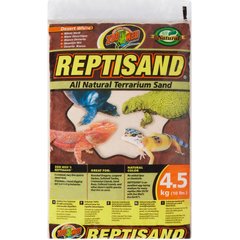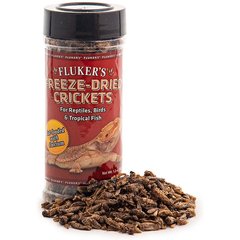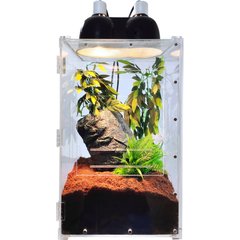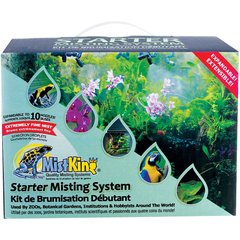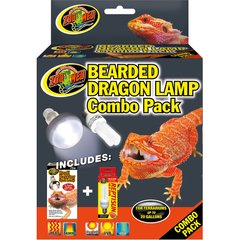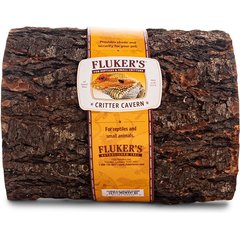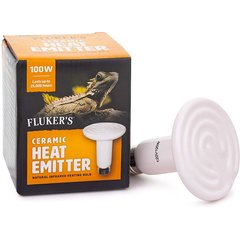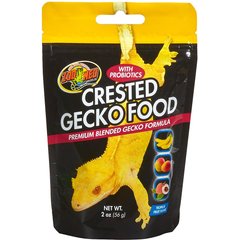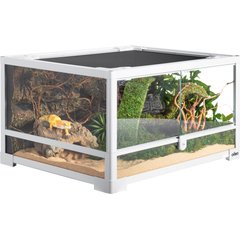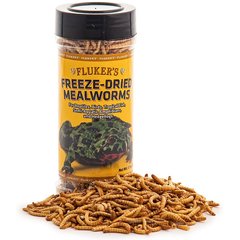The 12 Best Lizards To Keep as Pets

Photo by fotografixx/Getty
So, you want a pet lizard—but which lizards make the best pets? From species to species, each type of lizard has its own unique shape, size, and colors—and each one has its own personality that we can learn from and bond with.
Whether you’re a longtime reptile keeper looking for a new pet or considering bringing home a lizard for the first time, it’s important to do your research so you can find the best pet for you. From popular types of geckos to bearded dragons and chameleons, we’re showcasing the best pet lizards as recommended by reptile veterinarians.
The 12 Best Lizards To Keep as Pets
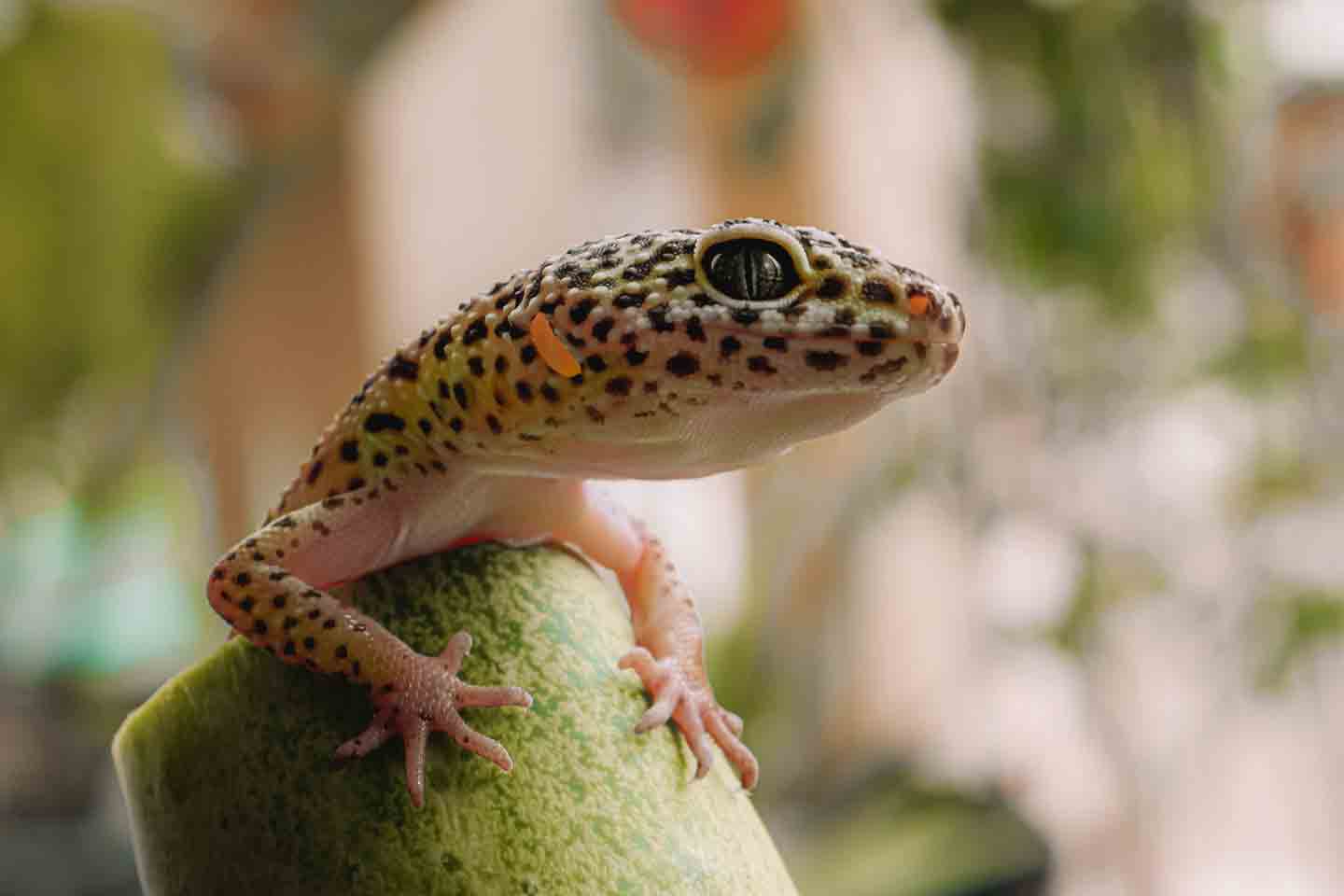
feri ferdinan/Getty
1. Leopard Gecko
- Scientific name: Eublepharis macularius
- Adult size: 8-10 inches
- Lifespan: 15-20 years
- Diet: Carnivore
- Terrarium size: 20 gallons
The leopard gecko is a popular pet reptile who comes in a variety of colors—usually yellow, white and light pink—with distinctive black spots across their back. “They are incredibly docile and make great beginner lizards for this reason, and also because of the minimal requirements for their enclosure,” says Dr. Micah Woods, DVM, an exotic pets veterinarian at Ooltewah Veterinary Hospital in Chattanooga, Tennessee.
Because they’re nocturnal, they don’t require the same extensive lighting as other pet reptiles. Dr. Woods says their cage should offer a hiding area on the cold side along with a hot area for basking: “I recommend a 1- to 2-inch-deep sand substrate and sphagnum moss to create a humidity chamber.”
Recommended Products
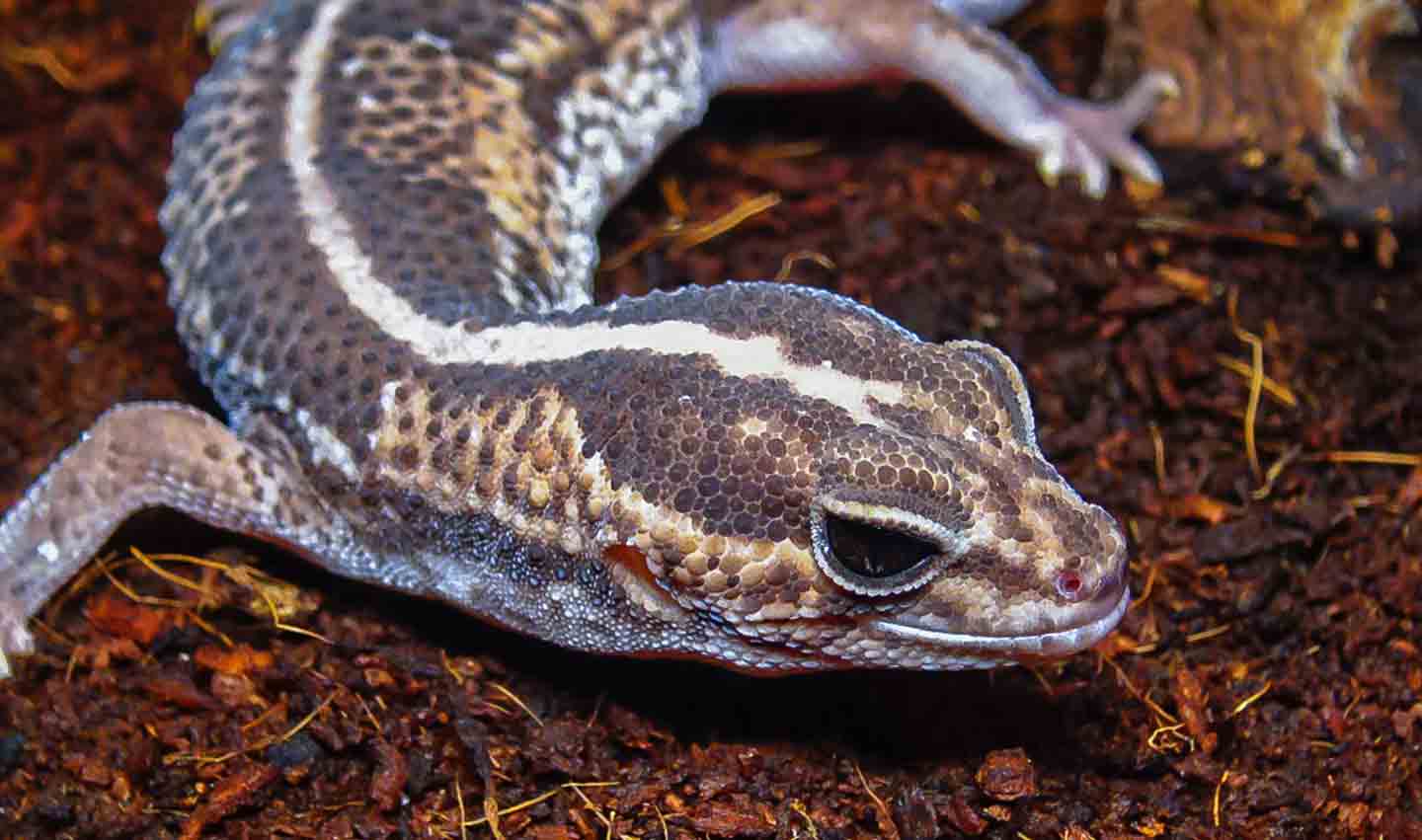
Oleg Kovtun/Getty
2. African Fat-Tailed Gecko
- Scientific name: Hemitheconyx caudicinctus
- Adult size: 7-9 inches
- Lifespan: 10-15 years
- Diet: Carnivore
- Terrarium: 20 gallons
African fat-tailed geckos have a distinct appearance with brown and beige stripes and, as you might have guessed, a chunky tail. They are docile in nature, making them a great pet for those who love reptiles.
Geckos are carnivores; their diet primarily consists of insects, including crickets, mealworms and waxworms. Providing hiding spots and a substrate suitable for maintaining humidity levels, such as coconut fiber or moss, is essential for their well-being.
Recommended Products
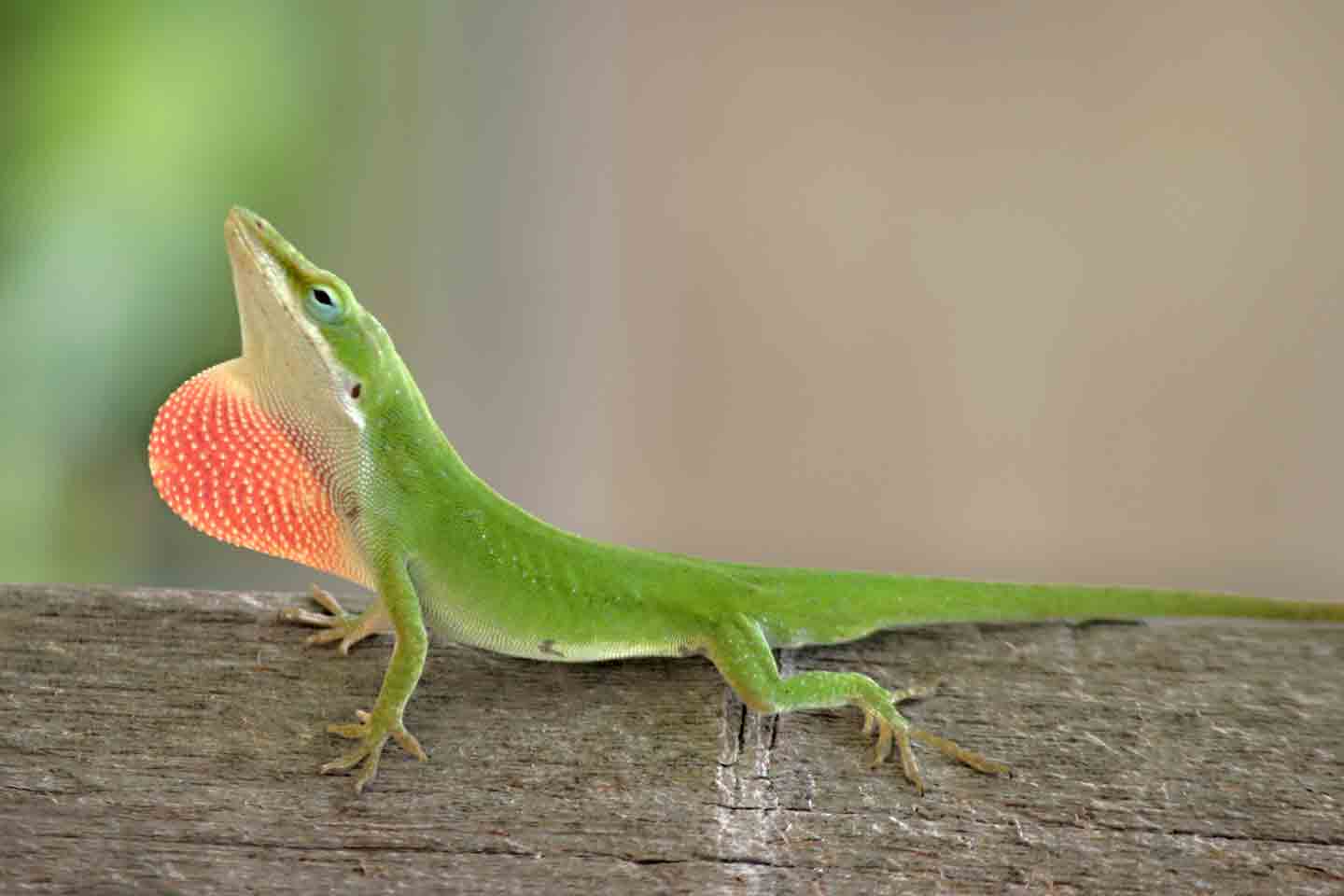
walkingmoon/Getty
3. Green Anole
- Scientific name: Anolis carolinensis
- Adult size: 5-8 inches
- Lifespan: 3-6 years
- Diet: Carnivore
- Terrarium Size: 10 gallons (vertical)
Green anoles are a dazzling reptile appreciated for their vibrant coloration and active demeanor. They make fascinating companions for pet owners, but should only be adopted by those who are prepared to meet their specific care requirements.
Speaking of which, though these arboreal lizards are technically American (they’re native to Florida), they thrive in humid environments with lots of foliage and climbing opportunities. They primarily feed on small insects—such as crickets, fruit flies and mealworms—and require a well-ventilated terrarium with access to UVB lighting for proper calcium metabolism.
Like most reptiles, they also require a basking spot to help regulate body temperature. A misting system or regular spraying helps maintain humidity levels, which is crucial for their health and shedding process.
Recommended Products

Philip Thurston/Getty
4. Bearded Dragon
- Scientific name: Pogona vitticeps
- Adult size: 18-22 inches
- Lifespan: 10-15 years
- Diet: Omnivore
- Terrarium size: 40 gallons
Hailing from the deserts of Australia, beardies are docile, easy-to-handle reptiles with an omnivore diet, meaning they eat a mixture of insects and plants.
“These Australian lizards require more advanced lighting with UVA and UVB to help with natural metabolic processes,” Dr. Woods says. “As juveniles, they feed on small insects (two to four crickets every other day), however, in the wild as young adults they transition to plant-eating (usually a fresh, spring mix salad) due to the inadequate amount of insects to sustain life.”
He recommends offering a deep sand bed terrarium with plenty of rocks, hides and large branches so they can be active and happy.
Recommended Products

Rafael Cutó
5. Uromastyx
- Scientific name: Uromastyx spp.
- Adult size: 10-18 inches
- Lifespan: 15-20 years
- Diet: Herbivore
- Terrarium size: 40 gallons
Also known as the spiny-tailed lizard, the uromastyx is an herbivorous reptile with colorful scales and—as you might have guessed—a spiny tail. These beautiful creatures can make excellent pets for experienced reptile keepers who are dedicated to meeting their unique care requirements.
Uromastyx lizards require a carefully controlled habitat with high temperatures and UVB lighting, along with a diet primarily consisting of leafy greens and vegetables.
Additionally, their size and potential aggression, particularly during breeding seasons, may pose challenges for beginner lizard keepers.
A substrate allowing for digging, like a sand-soil mix, is best for these little guys, and they also need access to hiding spots so they can feel secure and safe.
Recommended Products
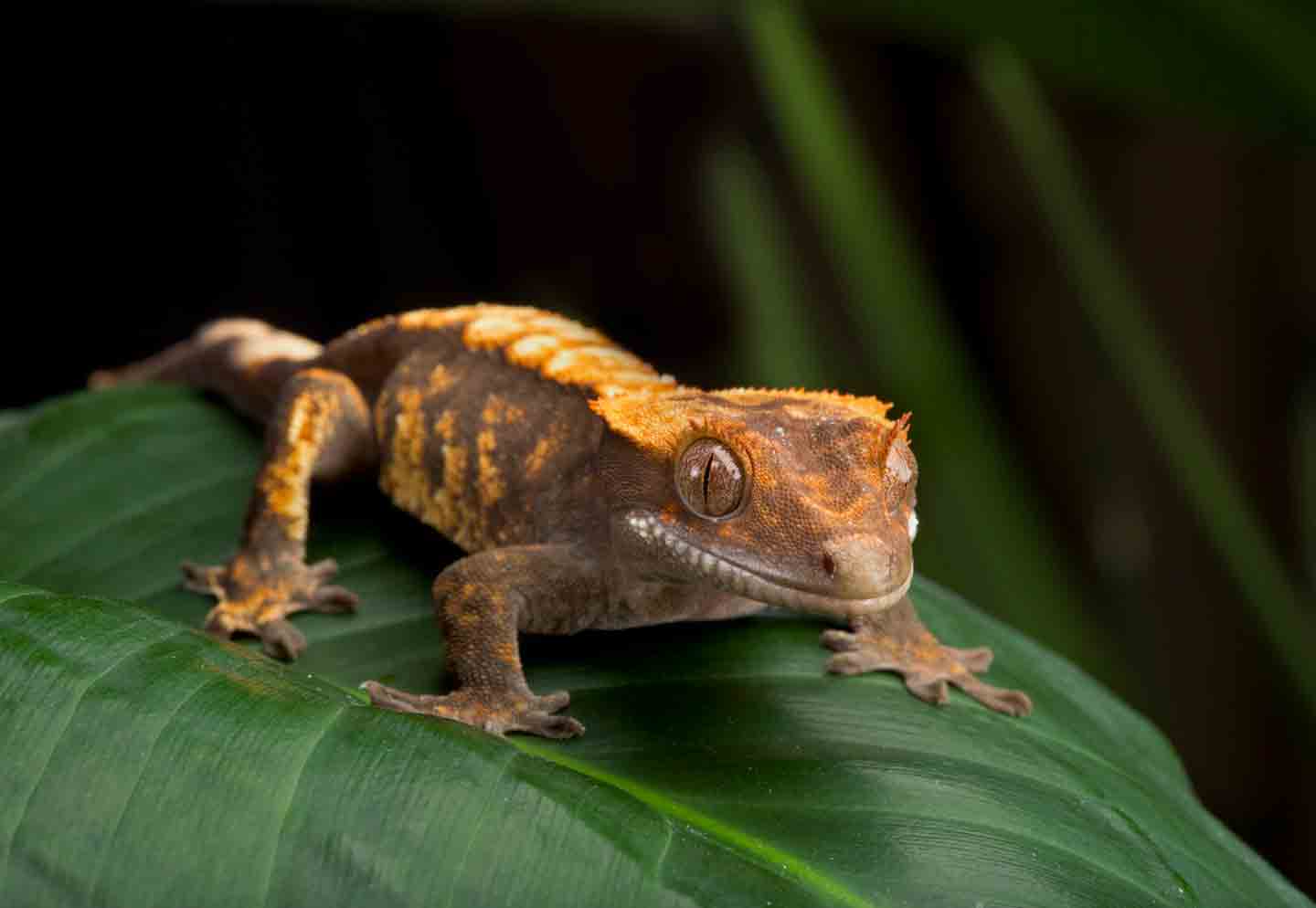
jmcgraw/Getty
6. Crested Gecko
- Scientific name: Correlophus ciliatus
- Adult size: 6-10 inches
- Lifespan: 15-20 years
- Diet: Omnivore
- Terrarium size: 20 gallons
Crested geckos are small- to medium-size lizards with distinctive crests running from their eyes to their tails.
They are arboreal (meaning they live in trees) and have a gentle temperament, making them suitable for beginners, says Dr. Ross Bernstein, DVM, an emergency veterinarian based in Los Angeles. He recommends a vertically oriented enclosure filled with live plants, and feeding them a diet of insects and fruit-based crested gecko food.
Recommended Products
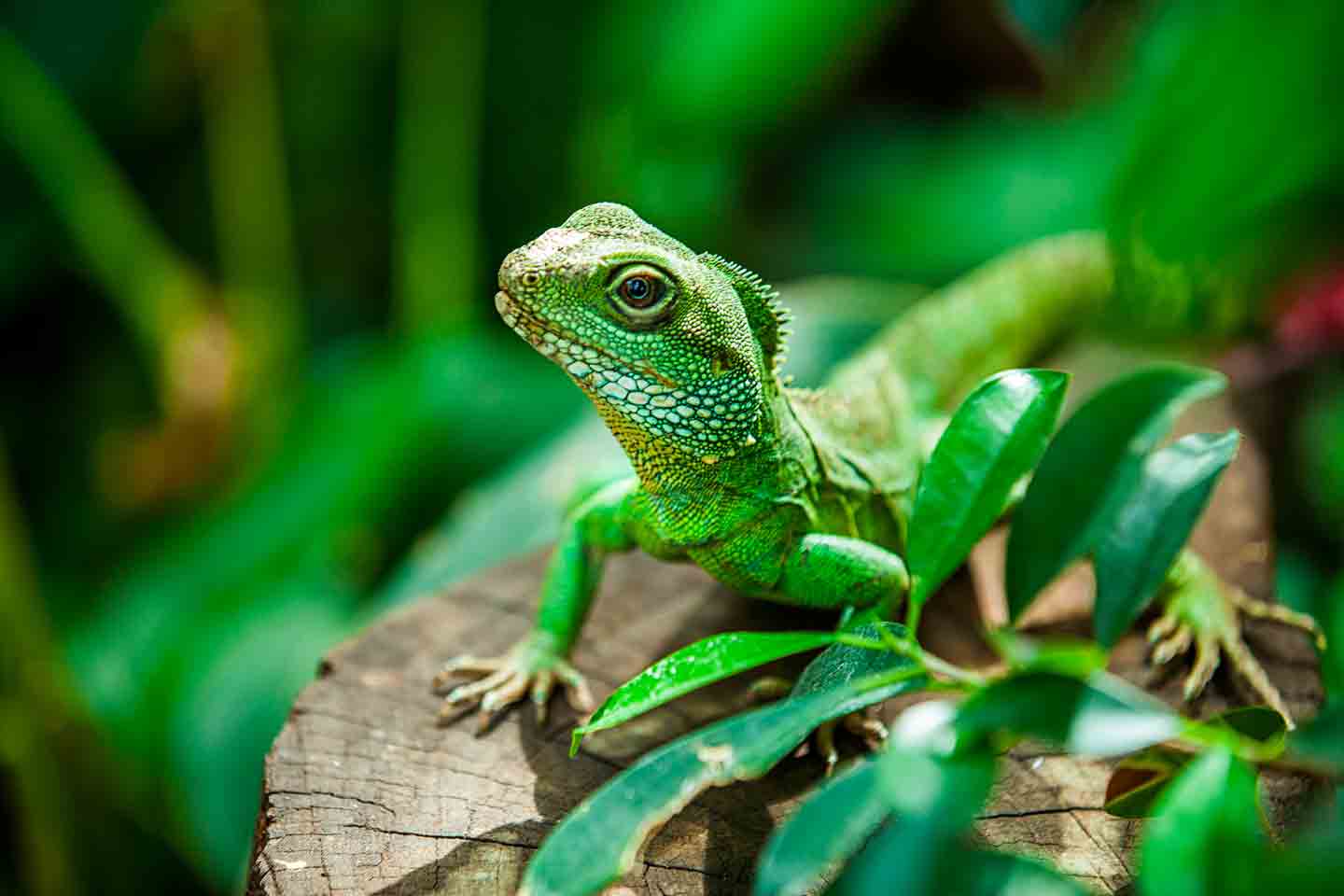
Sami Sert/Getty
7. Chinese Water Dragon
- Scientific name: Physignathus cocincinus
- Adult size: 2-3 feet
- Lifespan: 10-15 years
- Diet: Omnivore
- Terrarium size: 75 gallons
This large lizard, native to Southeast Asia, has a striking appearance with its bright green coloring and unique silhouette. They’re generally docile and tolerate handling well, making them great pets for intermediate reptile keepers.
That said, they do require proper care, and attention must be paid to their habitat—particularly their humidity levels and water needs due to their semi-aquatic lifestyle.
Chinese water dragons have an omnivorous diet consisting of a balanced mixture of dead and live insects, small rodents and leafy greens. They also require a spacious enclosure with both land and water areas, UVB lighting and a basking spot.

Cavan Images/Getty
8. Blue-Tongued Skink
- Scientific name: Tiliqua spp.
- Adult size: 18-24 inches
- Lifespan: 15-20 years
- Diet: Omnivore
- Terrarium size: 40 gallons
The handsome blue-tongued skink is a medium-size lizard named after its unique blue tongue. “They have a calm demeanor and are relatively easy to handle, making them suitable for experienced reptile keepers,” Dr. Bernstein says.
He doesn’t recommend them for beginner reptile owners because of their larger size and unique dietary requirements. “They require a large enclosure with a temperature gradient and a varied diet of insects, vegetables and occasional meat,” he says.

mgkuijpers/Adobe Stock
9. Fire Skink
- Scientific name: Lepidothyris fernandi
- Adult size: 6-10 inches
- Lifespan: 10-15 years
- Diet: Carnivore
- Terrarium size: 20 gallons
Named after their blazing color pattern of red and black, the fire skink is a cute, little lizard who makes a great pet for reptile enthusiasts of all experience levels. Their temperament is generally docile, and they are also relatively low-maintenance compared to other reptile species.
As a bonus, they enjoy being handled as long as it’s done with care.
Fire skinks are hardy reptiles who tolerate a range of environmental conditions, making them suitable for a variety of setups. They’re insectivorous reptiles who thrive on a diet consisting mainly of insects, such as crickets, mealworms and roaches.
Recommended Products
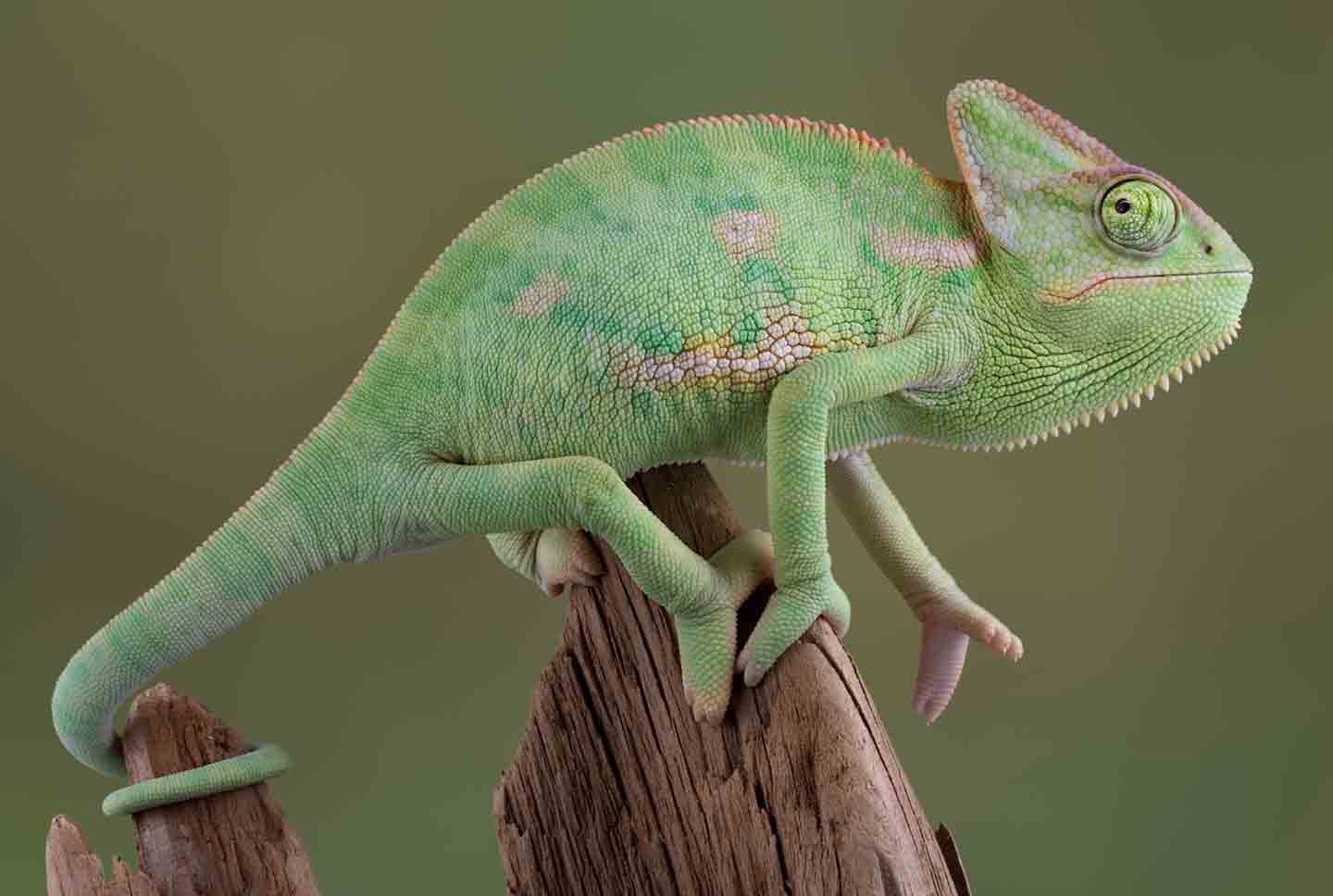
Cathy Keifer/Getty
10. Veiled Chameleon
- Scientific name: Chamaeleo calyptratus
- Adult size: 14-22 inches
- Lifespan: 5-8 years
- Diet: Carnivore
- Terrarium size: 40 gallons (vertical mesh)
Who wouldn’t want a veiled chameleon? “They’re known for many special abilities, including changing their skin color with chromatophores for camouflage,” Dr. Woods says. “Their eyes can rotate an impressive 360 degrees while looking in two different directions at the same time.
They are also known for their very cute feet that are designed to more easily grasp limbs while slowly making their way through trees.”
While they’re not ideal for beginners due to unique care requirements, their harsh-environment origins in the Arabian Peninsula has made them rather resilient. “As rewarding as chameleons are, most prefer to not be handled,” Dr. Woods says.
For care requirements, these lizards require a well-ventilated, vertical cage made from wire screen mesh. They also require UVA and UVB lighting.
Recommended Products
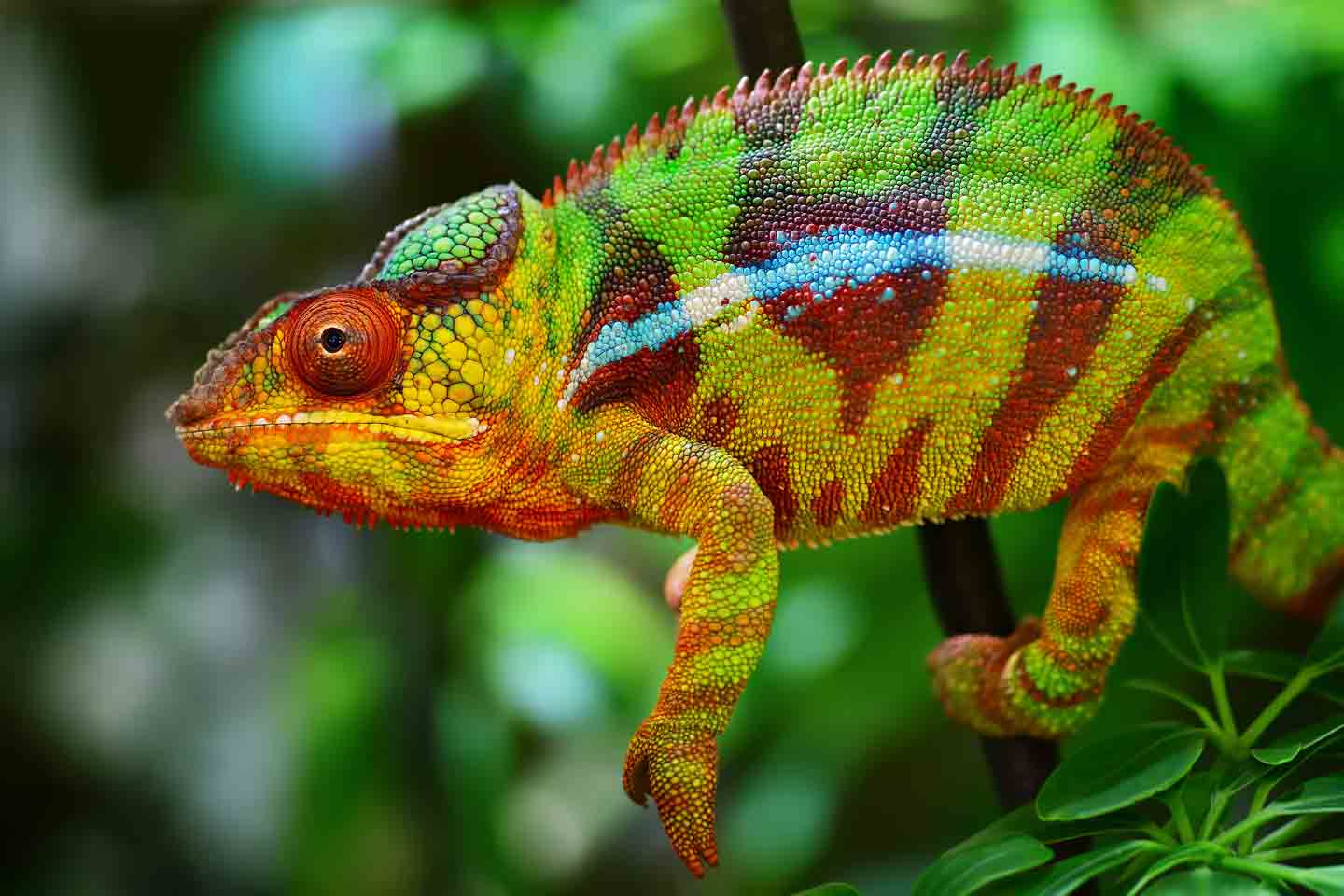
Freder/Getty
11. Panther Chameleon
- Scientific name: Furcifer pardalis
- Adult size: 12-20 inches
- Lifespan: 5-7 years
- Diet: Carnivore
- Terrarium size: 60 gallons
Native to Madagascar, the panther chameleon is one of the most awe-inducing reptiles on our list, with its rainbow-esque coloring and swirling tail. As an arboreal lizard who thrives in humid climates, it requires a large, vertically oriented terrarium with plenty of climbing opportunities.
Proper ventilation and humidity levels are also crucial for their health, along with UVB lighting to help with calcium metabolism.
Panther chameleons can be excellent pets for experienced reptile keepers who are able to provide the specialized care they require.
They’re not suitable for beginners due to their specific dietary needs, habitat requirements and sensitivity to stress. Another thing to note is that while they’re fascinating to observe, they don’t tolerate handling very well.
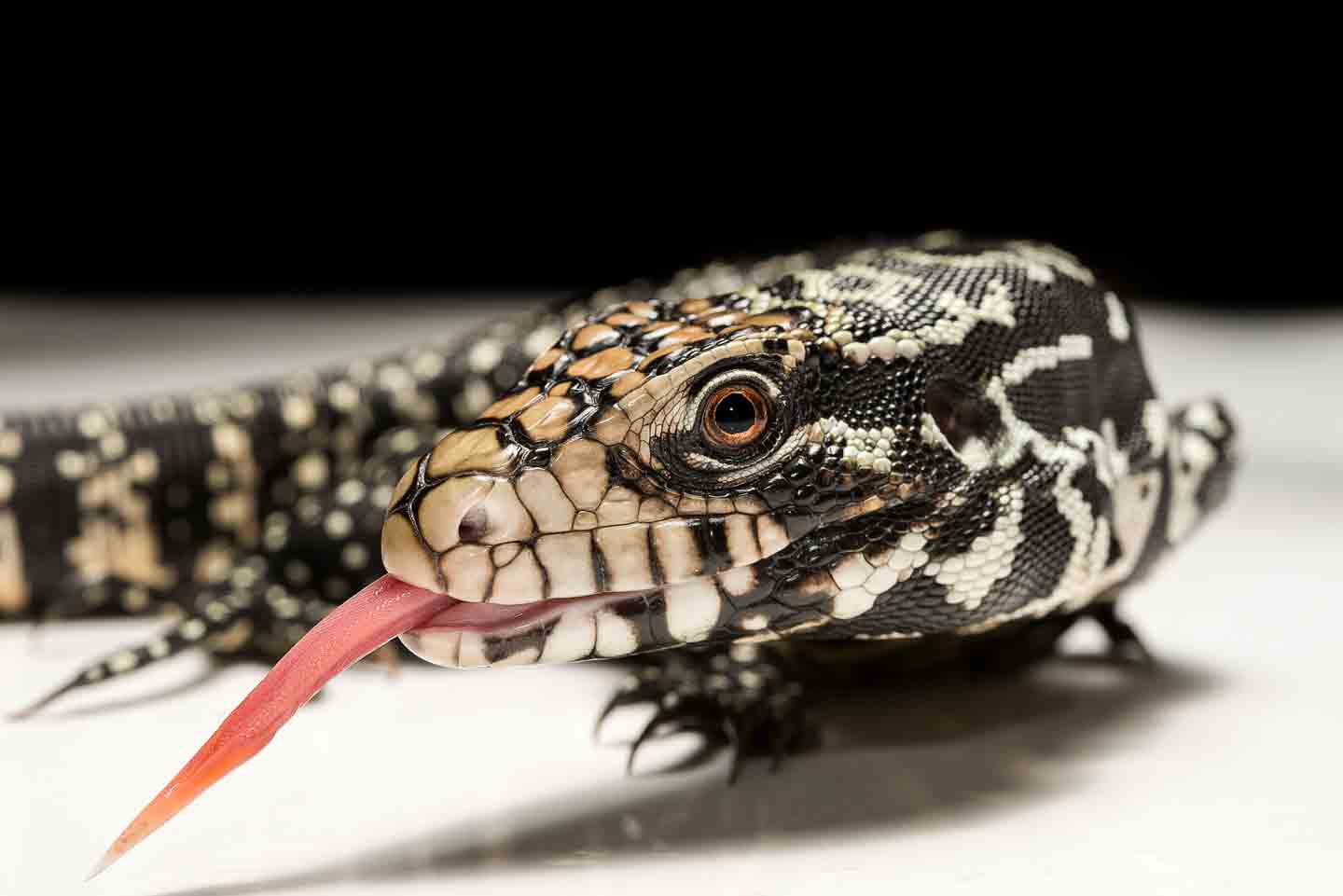
Rafael Cutó/Getty
12. Argentine Black and White Tegu
- Scientific name: Salvator merianae
- Adult size: 2-4 feet
- Lifespan: 15-20 years
- Diet: Omnivore
- Terrarium size: 40-240 gallons
If you’re in the market for a large lizard; have plenty of experience in reptile ownership; and are prepared to take on the proper home and veterinary care, an Argentine black and white tegu might be a good pick for you.
While Argentine tegus are generally docile and tolerate handling well—making them great pets—this large, omnivorous lizard does require proper socialization and enrichment to live their best life.
They also require a very large enclosure (40 gallons as juveniles and 240 gallons as adults) that provides lots of hiding spots, climbing branches and a substrate allowing for burrowing. This helps create a stimulating environment for a tegu’s physical and mental health.
With the right care, they can become affectionate and interactive pets, making them suitable for experienced reptile keepers who can meet their needs.
No matter what type of lizard you choose for your pet, make sure you’re purchasing from a reputable breeder or adopting from a reputable organization, and are prepared to research and follow your pet’s unique care requirements. All lizards are different from one another when it comes to their habitat and dietary needs.
FAQs About Pet Lizards
Do lizards make good pets?
Certain lizard species make great pets for children and adults, including beginners. While there’s a learning curve for lizard keepers to ensure these reptiles have proper care, excellent living conditions and an adequate diet, they are considered low-maintenance pets who are easy to care for.
What’s the friendliest lizard for a pet?
Some of the friendliest types of lizards include the tegu, fire skinks, anoles, bearded dragons and blue-tongued skinks. Many of these fascinating lizard species are gentle reptiles who are easy to handle, and enjoy human interaction and companionship.
Do pet lizards like to be held?
Some pet lizards enjoy being held, while other species prefer that you look and not touch. When handling lizards, make sure your hands are clean, and always use a gentle approach when holding them. You’ll also want to hold them outside of mealtime, since these popular pets can accidentally mistake your hands for food.
Refrain from holding them if they seem agitated or sick. Finally, always wash your hands after handling lizards; though it’s uncommon, they can carry diseases such as bacterial salmonella.
Attributions
Expert input provided by Dr. Micah Woods, DVM, an exotic pets veterinarian at Ooltewah Veterinary Hospital in Chattanooga, Tennessee; and Dr. Ross Bernstein, DVM, an emergency veterinarian based in Los Angeles.
